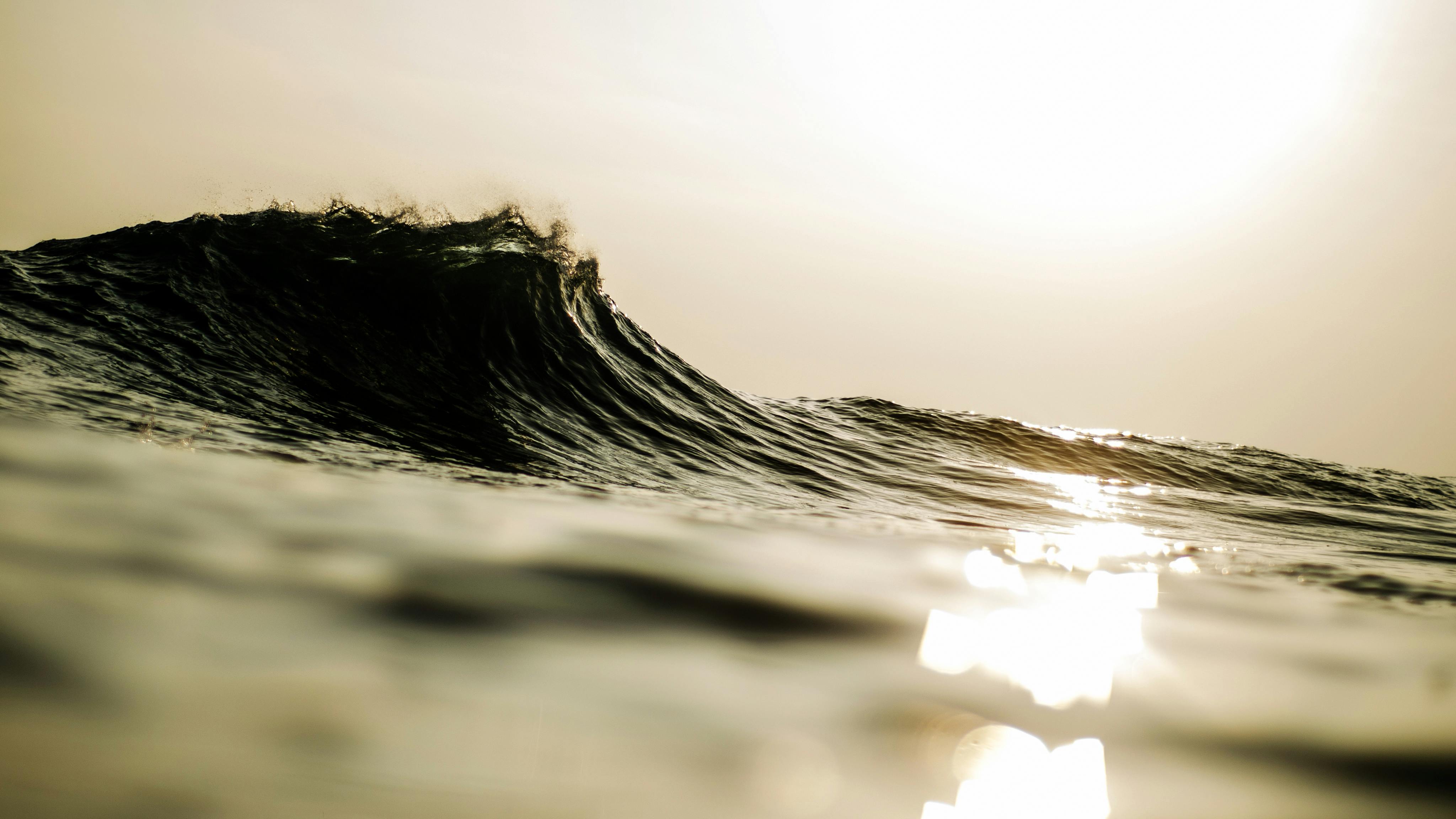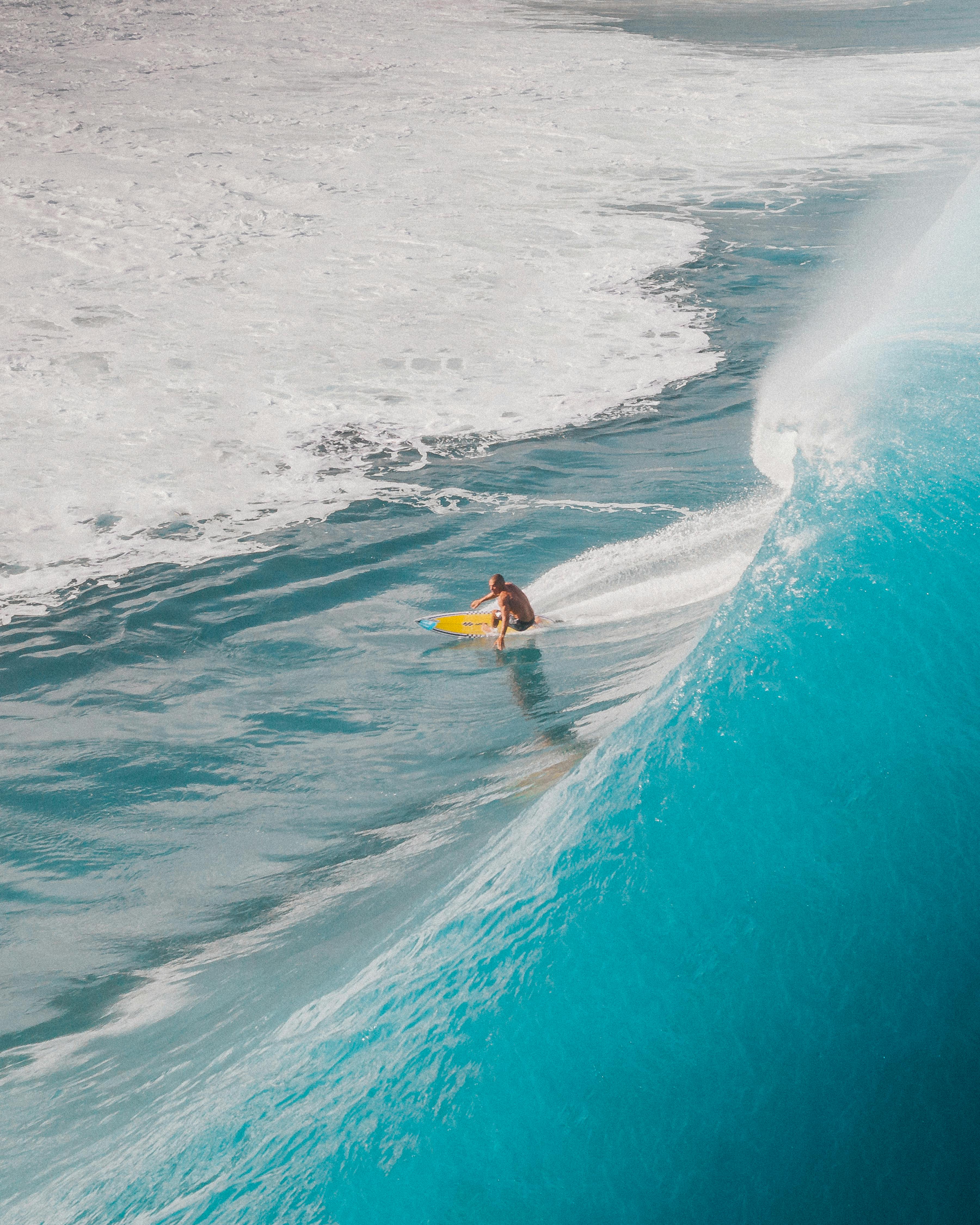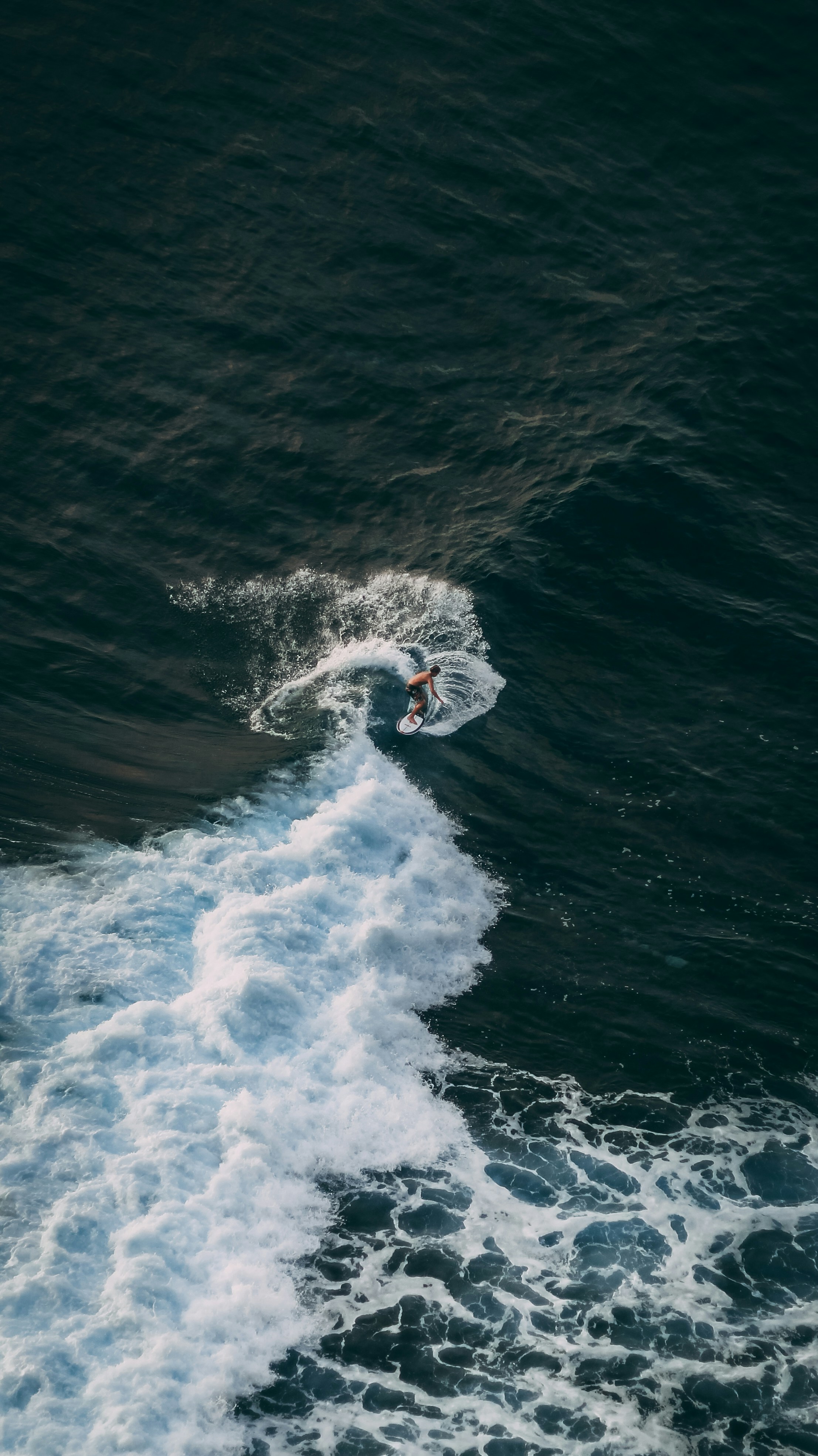How Surfing a Twin Fin Changes Everything – If You Let It
There’s no sound quite like a twin fin carving through clean water – fast, loose, and effortless. But as soon as you try to surf it like your everyday thruster, things can go wrong… fast.
Twin fins aren’t just different because of their design – they demand a completely different approach. The payoff? More speed, more style, and more connection with the wave – if you can unlock it.
Here’s how surfing a twin changes the way you move – and how it can make you a better surfer overall.
1. A Twin Fin Doesn’t Want to Surf the Pocket
Thrusters are built to bite – they love the steep part of the wave and reward tight, controlled movements in the pocket. Twin fins, on the other hand, open up the canvas.
When you bottom turn on a twin and look toward the open face, it wants to carry you there – fast. It doesn’t drag you back toward the lip the way a thruster does. That means you can draw longer lines, build more speed, and engage with the wave’s full face – not just the critical zone.
2. You Need to Surf at 80% — Not 100%
Without the center fin, a twin fin can feel slippery – especially if you surf too aggressively. Pushing too hard through your bottom turn or over-rotating on top turns will often lead to a skid or stall.
The fix? Surf at about 80% intensity.
Focus on feeling the board and managing your momentum instead of overpowering the wave. Extend your bottom turns. Glide more. Throw less.
It feels weird at first – but when it clicks, it’s magic.
3. Compression and Extension Timing Matters More Than Ever
Twin fins are far less forgiving of sloppy timing. One common issue? Extending the back leg too late on backside turns – something that works fine on a thruster but causes twins to slide out.
To fix this, start extending earlier – right in the apex of the turn, not at the end. This lets you maintain grip and drive through the line you’ve drawn without losing the tail. The result is a more flowing, responsive turn with just the right amount of release.
4. The Arm Lift Trick for Fins-Out Release
One of the hallmark feelings of a twin fin is a clean, controllable fin release on top turns – but it’s easy to miss if your body mechanics are off.
Try this: as you rise into the top turn, lift your back arm slightly while keeping your front arm down. This subtle cue helps shift weight to the front foot and releases the tail smoothly – giving you that satisfying whip without a full spinout.
It’s small, but once you feel it, you’ll never forget it.
How TRAX Makes Twin Fin Progression Easier
Twin fins require precision – and TRAX gives you the data to find it.
The sensor tracks:
– Your weight distribution through turns
– Turn angles and timing
– How quickly you release or stall
– Whether you’re over-driving the bottom turn or sliding out early
It doesn’t just show you what happened – it tells you why. Then it recommends drills and cues that match your board, your style, and your weak points – so your twin fin doesn’t just feel fun, but sharp.
Ready to surf with more speed, style, and feel?
Ride a twin fin – and let TRAX help you master it.
The Most Important Turn in Surfing (That You’re Probably Ignoring) – Twin fins expose whether you can actually link turns well.
Surf Etiquette for Beginners – How Not to Be That Surfer – You might look stylish, but are you blowing priority?








